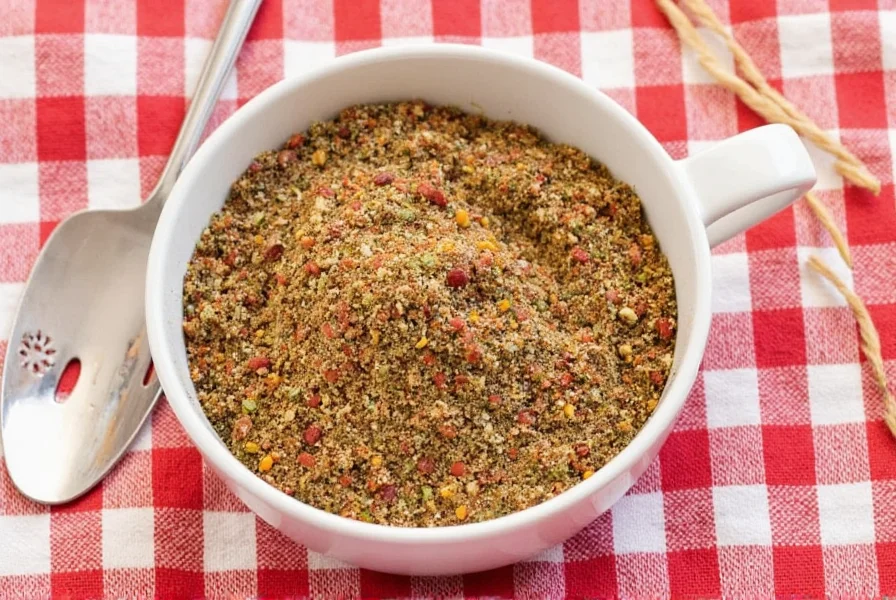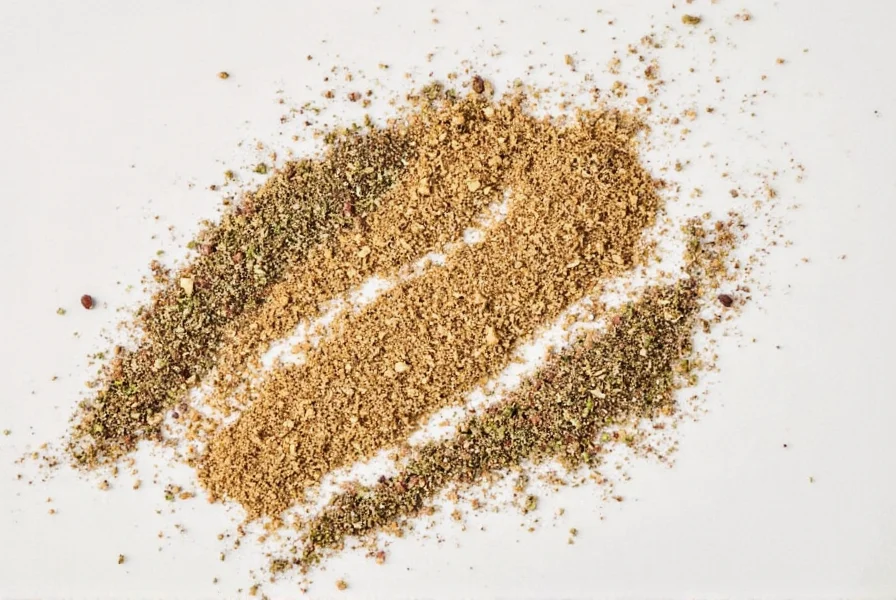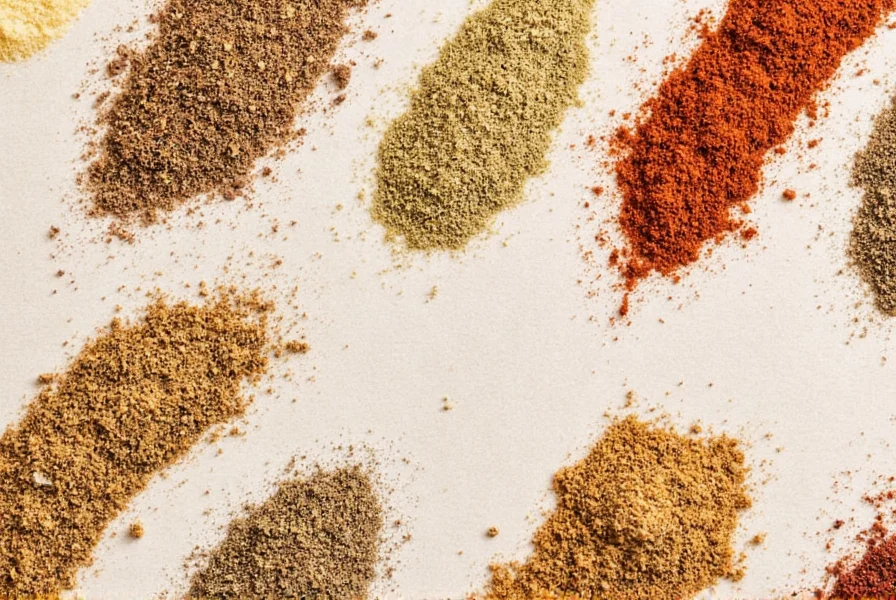Ever opened your spice drawer and wondered, 'Is this a pantry or a time capsule?' If you're staring at that bottle of oregano from the Reagan era, it might be time for a refresh. Enter: the mighty Italian seasoning blend. This versatile mix is more than just dried herbs in a shaker — it's a flavor bomb that can elevate everything from marinara to meatballs. Whether you're a weekend cook or a seasoned chef, understanding how to use and choose the right Italian seasoning can transform your meals from meh to magnificent.

Table of Contents
- What Exactly Is Italian Seasoning?
- How to Make Your Own Italian Seasoning Blend
- Top 10 Creative Ways to Use Italian Seasoning
- Buying Guide: What to Look For in Store-Bought Blends
- Comparison Table: Top Italian Seasoning Brands
- Frequently Asked Questions About Italian Seasoning
- Final Thoughts
What Exactly Is Italian Seasoning?
You've seen it in the spice aisle, but what’s really in that bottle labeled "Italian Seasoning"? While there’s no official recipe, most blends contain a mixture of classic Mediterranean herbs. Common ingredients include:
- Oregano – earthy and bold
- Basil – sweet and aromatic
- Thyme – subtle and woody
- Marjoram – similar to oregano, but milder
- Rosemary – piney and punchy (used sparingly)
Some blends also add garlic powder, onion powder, or even crushed red pepper flakes for heat. Unlike fresh herbs, dried seasonings are more concentrated, so a little goes a long way. Think of it as the culinary version of a curated playlist — every note matters!

How to Make Your Own Italian Seasoning Blend
If you want full control over the flavors, making your own italian seasoning blend is easy and cost-effective. Here's a basic DIY recipe:
DIY Italian Seasoning Recipe
- 2 tbsp dried oregano
- 1 tbsp dried basil
- 1 tbsp dried thyme
- 1 tbsp dried marjoram
- 1 tsp dried rosemary (crushed finely)
- Optional: ½ tsp garlic powder, ½ tsp onion powder, pinch of red pepper flakes
Mix all ingredients in a bowl, then store in an airtight container away from heat and light. That’s it! You’ve just made restaurant-quality seasoning without the premium price tag.

Top 10 Creative Ways to Use Italian Seasoning
We all know Italian seasoning is great on pasta, pizza, and grilled meats — but why stop there? Let’s spice up your routine with some unexpected uses:
- Potato Wedges: Sprinkle on before baking for herby crispy fries.
- Homemade Bread: Add to dough or sprinkle on top for a rustic touch.
- Popcorn: Toss warm popcorn with melted butter and a dash of Italian seasoning for a savory snack.
- Salad Dressings: Mix into vinaigrettes for a herby kick.
- Egg Dishes: Scrambled eggs, frittatas, or omelets get a flavor boost.
- Stuffed Mushrooms: Combine with breadcrumbs and Parmesan for a rich filling.
- Grilled Veggies: Brush with olive oil and season before grilling zucchini, bell peppers, or eggplant.
- Cheesy Snacks: Sprinkle on cheese board items like olives, nuts, or soft cheeses.
- Rice & Quinoa: Stir into grains while cooking for added depth.
- BBQ Rubs: Combine with smoked paprika and brown sugar for a unique twist on ribs or chicken.

Buying Guide: What to Look For in Store-Bought Blends
If mixing your own isn’t your thing, buying a quality pre-made blend is a great option. But not all Italian seasonings are created equal. Here's how to pick a standout:
- Freshness: Check the expiration date. Herbs lose potency over time.
- Ingredient List: Look for real herbs, not fillers or artificial additives.
- Balance: The best blends strike a harmony between bold (oregano) and sweet (basil).
- Flavor Profile: Some brands lean more toward spicy (with red pepper), others are mild and floral.
- Use Case: Do you need one for pizza or something more versatile?
If you're using it daily, go for a larger size. For occasional use, stick to a small jar to keep it fresh longer.
Comparison Table: Top Italian Seasoning Brands
| Brand | Key Ingredients | Flavor Profile | Best For | Price Range |
|---|---|---|---|---|
| McCormick Italian Seasoning | Oregano, basil, thyme, marjoram | Classic, balanced | Everyday cooking | $ |
| Anthony’s Organic Italian Seasoning | Organic oregano, basil, thyme, rosemary | Earthy, slightly smoky | Health-conscious cooks | $$ |
| Simply Organic Italian Herb Blend | Organic herbs, no additives | Delicate and fragrant | Fine dining dishes | $$ |
| Badia Italian Seasoning | Oregano, garlic, thyme, chili | Spicy and robust | Heartier dishes like lasagna | $ |
| Trader Joe’s Italian Seasoning | Basil, marjoram, thyme, oregano | Fresh and aromatic | Daily home cooking | $ |

Frequently Asked Questions About Italian Seasoning
Can I Substitute Italian Seasoning with Individual Herbs?
Absolutely! If you don’t have a blend, combine equal parts oregano, basil, thyme, and marjoram. Adjust to taste depending on the dish.
Is Italian Seasoning Gluten-Free?
Most pure herb blends are gluten-free. However, always check the label for anti-caking agents or additives that may contain gluten.
How Long Does Italian Seasoning Last?
Dried herbs typically last 1–3 years when stored properly in a cool, dark place. Whole leaves retain freshness longer than ground forms.
What’s the Difference Between Italian Seasoning and Herbes de Provence?
While both are herb mixes, Herbes de Provence usually includes lavender and is more suited for French cuisine. Italian seasoning focuses on bold, savory flavors ideal for tomato-based dishes.
Can I Use Italian Seasoning in Soups and Stews?
Yes! Add it near the beginning of cooking to allow the flavors to infuse into the broth. A teaspoon goes a long way.
Final Thoughts
The italian seasoning blend is a kitchen essential that brings big flavor with minimal effort. Whether you make your own or buy a high-quality version, it’s a staple worth investing in. From everyday dinners to fancy feasts, a pinch of this magical mix can transport your taste buds straight to Tuscany. So next time you're about to reach for the salt, why not shake things up with a little Italian love?












 浙公网安备
33010002000092号
浙公网安备
33010002000092号 浙B2-20120091-4
浙B2-20120091-4